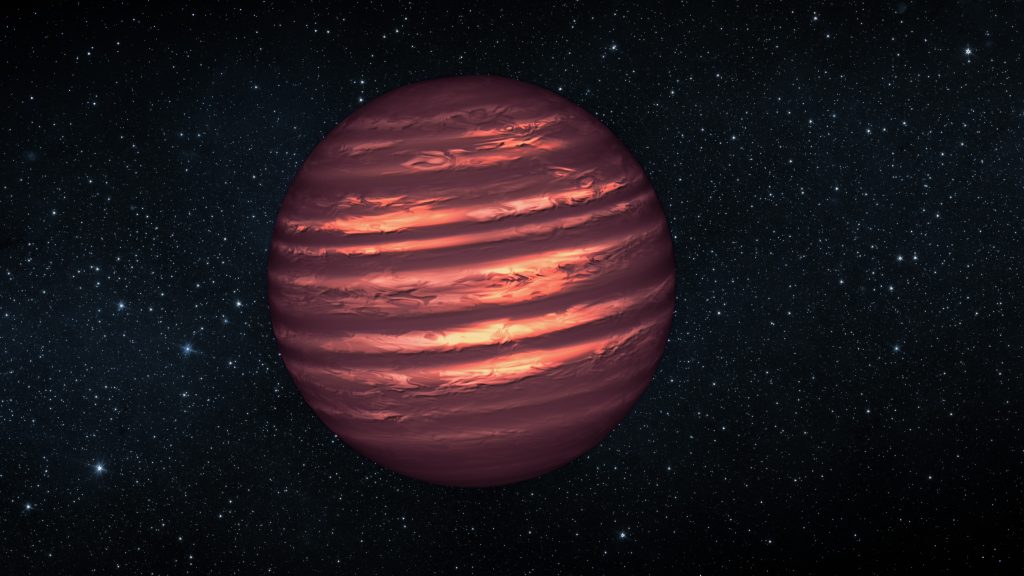Cool brown dwarfs are a hot topic in astronomy right now. Smaller than stars and bigger than giant planets, they hold promise for helping us understand both stellar evolution and planet formation. New work from a team including Carnegie’s Jonathan Gagné has discovered several ultracool brown dwarfs in our own solar neighbourhood. Their findings are published in The Astrophysical Journal.
Brown dwarfs are sometimes called failed stars. They are too small to sustain the hydrogen fusion process that powers stars, so after forming they slowly cool, contract, and dim over time. Their temperatures can range from nearly as hot as a star to as cool as a planet and their masses also range between star-like and giant-planet-like.

